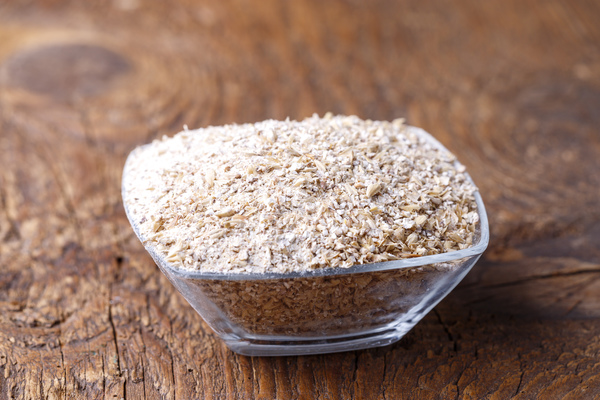Malt

Malt is a product obtained from grain. It is often used as an additive in dog food or as a treat. But what exactly is malt and how does it affect your dog? In this article you will learn everything you need to know about malt for dogs.
What is malt?
Malt is produced when cereal grains (usually barley or wheat) are germinated and then dried. This converts the starch and other ingredients in the grain. Malt has a sweet taste and a dark color. It is mainly used in beer production, but also in other foods such as bread, muesli and chocolate.
What are the benefits of malt for dogs?
Malt has a number of positive properties for dogs. Firstly, it can aid digestion by supporting the intestinal flora and preventing the formation of hairballs. Hairballs can form in long-haired dogs when they groom themselves and swallow hair in the process. These can accumulate in the stomach or intestines and lead to constipation or vomiting. Malt can bind the hair and facilitate its removal.
Malt can also nourish your dog's coat and skin. Malt contains various vitamins, minerals and trace elements that are important for a healthy coat. Malt can also stimulate the appetite and improve food intake.
What are the disadvantages of malt for dogs?
Malt is not suitable for every dog. On the one hand, it can lead to allergies or intolerances if your dog is sensitive to grain. This can manifest itself in skin rashes, itching, diarrhea or vomiting. If you notice such symptoms in your dog, you should stop the malt and consult a vet.
On the other hand, malt can also contribute to obesity or diabetes if it is fed in excessive quantities. Malt is very high in calories and contains a lot of sugar. This can increase your dog's blood sugar levels and lead to obesity or insulin resistance. You should therefore only give malt in moderation and as a supplement to your dog's normal food.
How do you feed malt to dogs?
Malt is available in various forms for dogs. You can buy it as a powder, paste or tablets. The dosage depends on the size and weight of your dog. As a rule, the larger the dog, the more malt it can be given. However, you should always follow the instructions on the packaging and stick to the recommended daily amount.
You can feed the malt directly from your hand or mix it into the food. Make sure that your dog always has enough water available to digest the malt better.
Malt can be a beneficial supplement for your dog's well-being if you dose it correctly and watch out for possible side effects. It can improve digestion, make the coat shiny and increase appetite.
If you notice any signs of hypersensitivity or poisoning in your dog, you should see your vet immediately. We are not a substitute for a vet, but we try to be as accurate as possible. Every dog reacts differently and we recommend you get a second opinion or consult your vet if in doubt.
Stay healthy and take good care of your four-legged friend!😊
Similar to Malt
Barley malt is obtained from barley. Barley is a type of grain and is one of the oldest cultivated plants known to mankind. To produce barley malt, the barley is first soaked and then allowed to...
Wheat malt is made from quality wheat that is moistened to germinate. This produces enzymes that break down the starch and protein in the grain. The wheat is then dried again to stop the germination...
Rye malt is produced through a process called malting. The rye is soaked in water and allowed to germinate. After five to seven days, germination is stopped by gentle drying. This step is called...
Spelt is an ancient cereal that belongs to the sweet grass family and is related to wheat. However, it is more robust and resistant to pests and diseases than wheat and therefore requires fewer...



